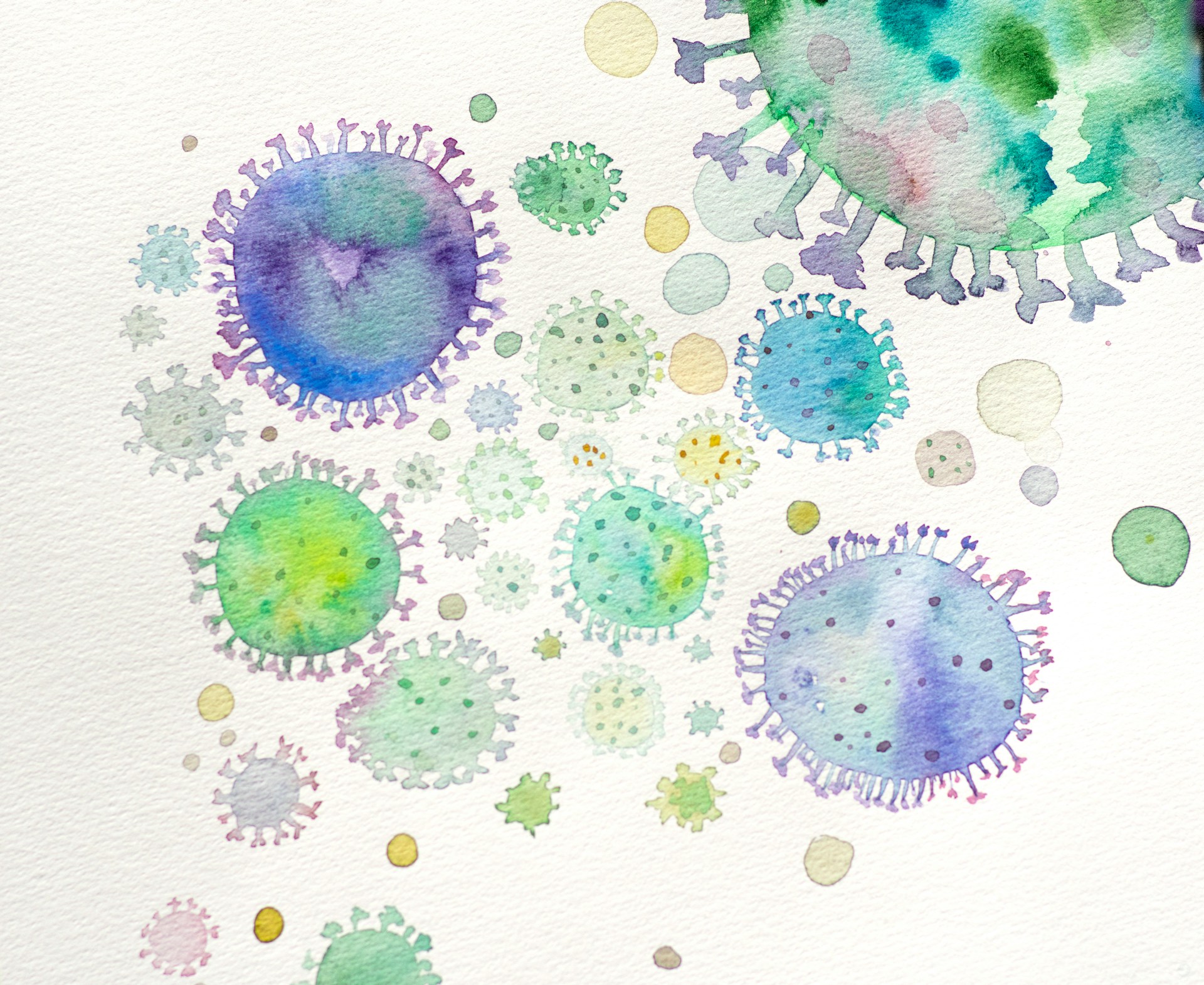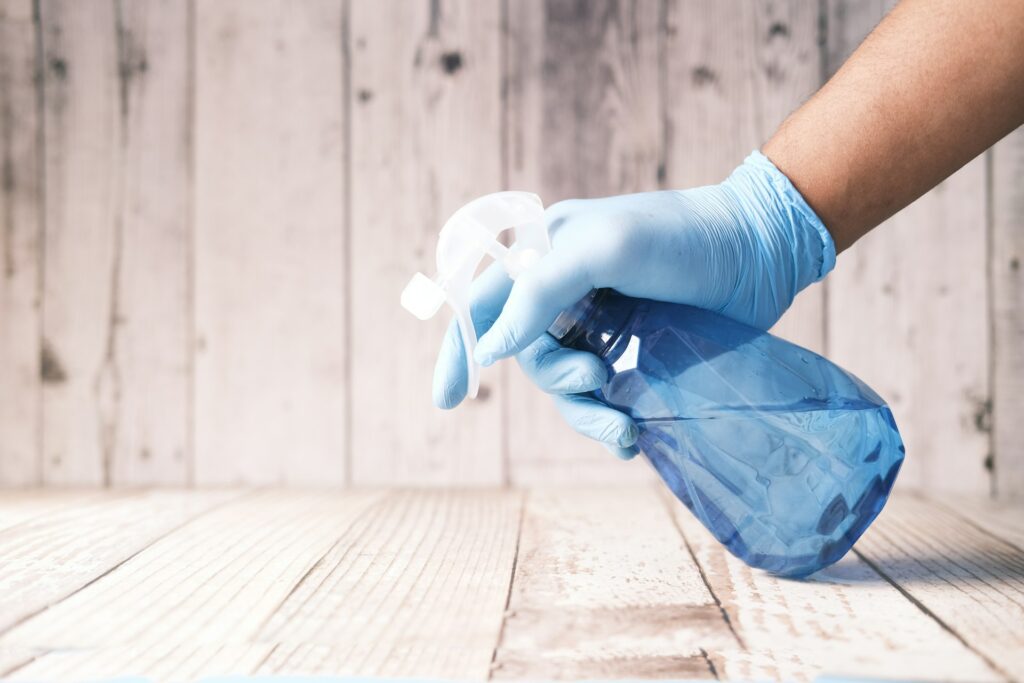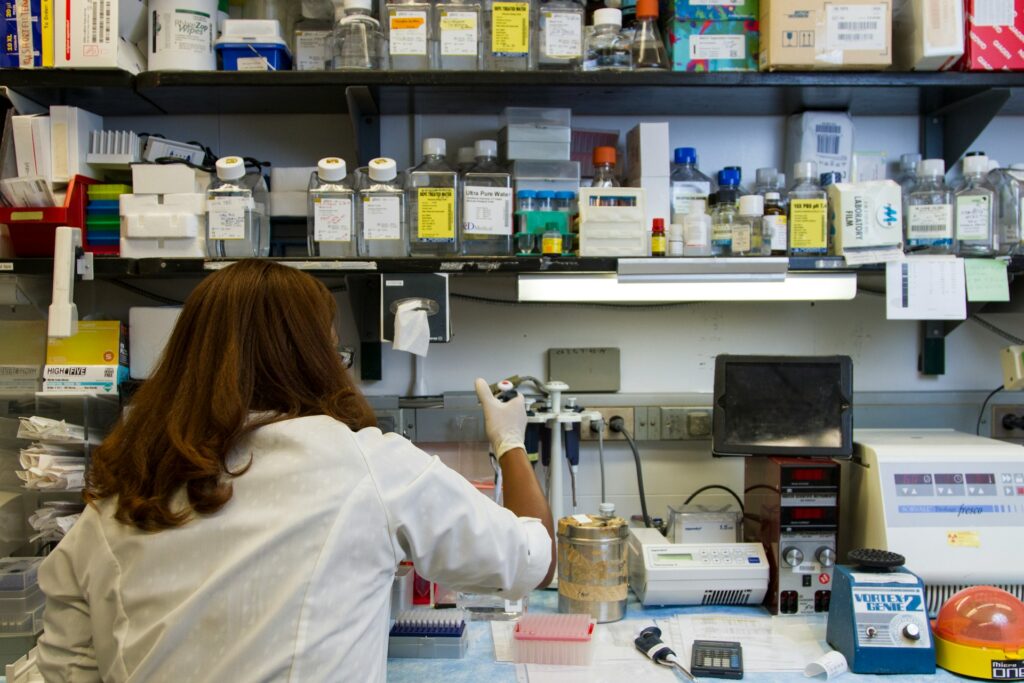Researchers at the University of California, Irvine (UCI) have published research regarding antibiotic resistance battles by creating a fresh antibiotic family. The journal article published in Journal of the American Chemical Society presents vancomycin–teixobactin conjugates with the potential to overcome antibiotic limitations. The research can be found here:
Padilla, M. S. T. L., & Nowick, J. S. (2025). Vancomycin–Teixobactin Conjugates. Journal of the American Chemical Society. https://doi.org/10.1021/jacs.4c17175
Each year drug-resistant infections cause about 35,000 deaths in the United States because of antibiotic resistance which remains an important health issue. Antibiotics are effective at first but the longer they are used the more they lose efficacy because bacteria mutates, developing mechanisms to resist the drugs. University of California Irvine researchers directed by Distinguished Professor Professor James Nowick and Ph.D. candidate Sophia Padilla solved the antibiotic resistance problem through compound creation which unites two strong antibiotic components.
“The issue with antibiotics is this crisis of antibiotic resistance,”
Stated Sophia Padilla, she went onto say:
“When it comes to antibiotics, bacteria can evolve defences against them—they’re becoming stronger and always getting better at protecting themselves.”
Vancomycin, a well-established antibiotic, is typically used as a last-resort treatment for severe bacterial infections, particularly those caused by methicillin-resistant Staphylococcus aureus (MRSA). However, its effectiveness has waned over time as bacteria has mutated and in turn adapted. Teixobactin, discovered in 2015, has demonstrated strong antibacterial activity and a reduced tendency for resistance development. By combining these two agents, the UCI team created a hybrid that strengthens their individual benefits.
Through the combined vancomycin-teixobactin conjugates, the created compounds bind to their two separate targets on the bacterial cell wall precursors leading to cell wall synthesis disruption and bacterial death. The duel binding makes it difficult for the bacteria to develop resistance. Nowick described the mechanism as grabbing the bacteria with both hands because the stronger grip means bacteria finds it more difficult to escape. Nowick stated:
“What’s happening at the molecular level is there are two pieces that can be targeted and that can be grabbed on to,”
The researchers believe that this approach could slow down the relentless cycle of bacterial resistance, where new drugs quickly become obsolete. Padilla emphasised that antibiotic development must shift from simply modifying existing drugs to creating entirely new strategies that bacteria are less likely to counteract.
Laboratory tests have shown that the conjugates effectively combat various drug-resistant bacterial strains. While the results are promising, further studies, including animal trials and clinical testing, are necessary before the new drug can be considered for medical use.

Hassan graduated with a Master’s degree in Chemical Engineering from the University of Chester (UK). He currently works as a design engineering consultant for one of the largest engineering firms in the world along with being an associate member of the Institute of Chemical Engineers (IChemE).



